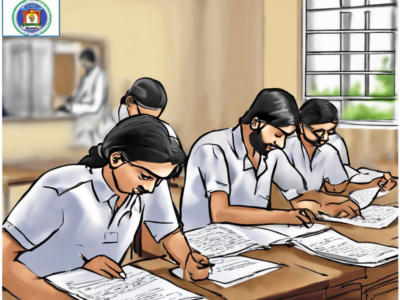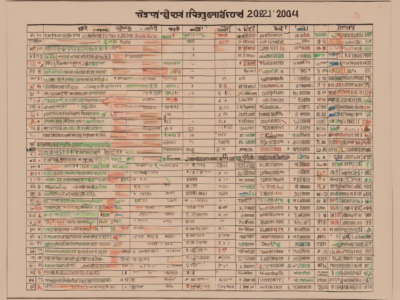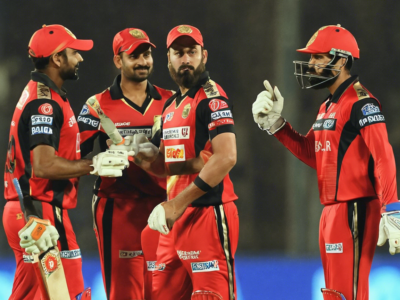Introduction:
Ankit Baiyanpuria has been a prominent figure in various spheres, including entrepreneurship, philanthropy, and social activism. As he continues to make strides in his career and community, there is growing interest in understanding his caste background. In this article, we will delve into the historical and sociocultural context of caste in India, explore Ankit Baiyanpuria’s specific caste background, and discuss the implications and significance of caste identity in contemporary society.
Understanding Caste in India:
Caste has been a fundamental social structure in India for centuries, organizing society into hierarchical groups based on hereditary occupations and social status. The caste system is traditionally divided into four main categories: Brahmins (priests and scholars), Kshatriyas (warriors and rulers), Vaishyas (merchants and traders), and Shudras (laborers and service providers). Beneath these four varnas are numerous subcastes, often referred to as jatis.
Caste identities are deeply embedded in Indian culture and have historically dictated various aspects of individuals’ lives, including social interactions, marriage practices, and economic opportunities. The caste system has also been associated with discrimination, inequality, and social exclusion, particularly towards lower-caste communities known as Dalits or Scheduled Castes.
Ankit Baiyanpuria’s Caste Background:
Ankit Baiyanpuria comes from the Baiyanpuria caste, which is known for its historical association with craftsmanship and artistic skills. The Baiyanpuria community has traditionally been involved in professions such as carpentry, woodworking, and handmade crafts. Despite the occupational specialization of the Baiyanpuria caste, individuals like Ankit Baiyanpuria have transcended traditional boundaries to pursue diverse career paths and contribute to society in multifaceted ways.
Ankit Baiyanpuria’s success and achievements serve as a testament to his determination, talent, and hard work, showcasing that individuals can rise above societal expectations and stereotypes associated with their caste background. By leveraging his skills and opportunities, Ankit Baiyanpuria has become a role model for many aspiring entrepreneurs and changemakers, regardless of their caste origins.
Significance of Caste Identity Today:
In contemporary India, while the formal caste-based discrimination is legally prohibited, social hierarchies and caste prejudices continue to persist in various forms. Caste identity often intersects with other social factors such as class, education, and regional background, shaping individuals’ experiences and opportunities. Understanding one’s caste background can provide insights into historical contexts, community affiliations, and cultural heritage.
For figures like Ankit Baiyanpuria, acknowledging and embracing their caste identity can serve as a source of empowerment and cultural pride. By celebrating diverse caste backgrounds and challenging stereotypes, individuals can contribute to social cohesion and inclusive development. Initiatives promoting caste equality, education, and economic empowerment are essential for addressing historical injustices and creating a more equitable society for all.
Frequently Asked Questions (FAQs):
1. What is the significance of caste in Indian society?
Caste plays a crucial role in shaping social relationships, economic opportunities, and cultural practices in India. It influences everything from marriage alliances to access to resources and power.
2. How does caste discrimination manifest in contemporary India?
Caste discrimination can manifest in various forms, including social exclusion, unequal access to education and employment, violence against lower-caste individuals, and restricted social mobility.
3. Can individuals transcend their caste background in modern India?
While challenging, individuals like Ankit Baiyanpuria demonstrate that it is possible to overcome the limitations imposed by caste identity through education, skill development, and societal contributions.
4. What are some common misconceptions about caste in India?
One common misconception is that the caste system is a thing of the past, whereas it still significantly influences social dynamics and individual opportunities in present-day India.
5. How can society work towards caste equality and social inclusion?
Promoting awareness, advocating for policies that address caste-based discrimination, supporting educational opportunities for marginalized communities, and fostering inter-caste dialogue are essential steps towards achieving caste equality and social inclusion.










